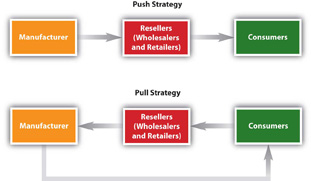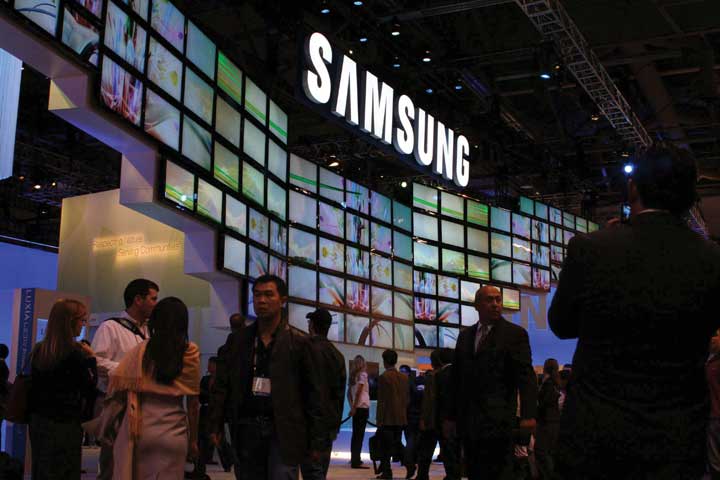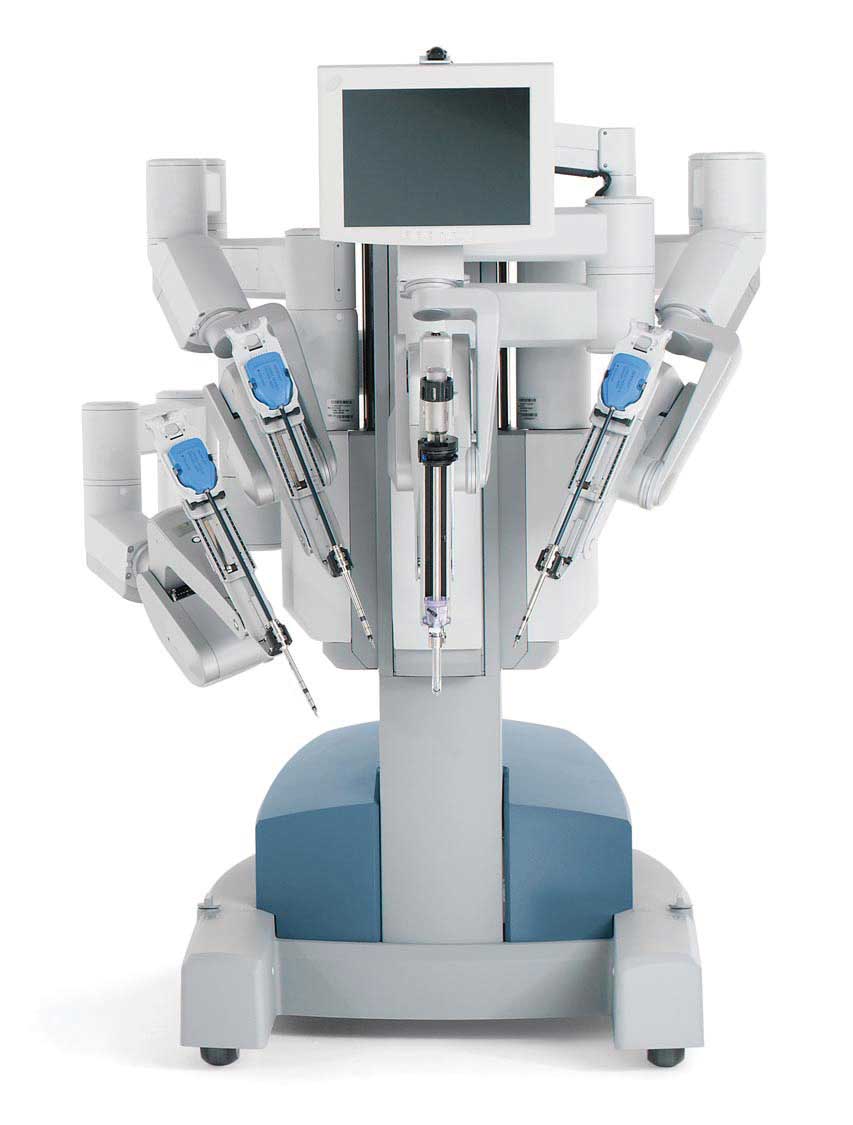This is “Sales Promotions”, section 12.2 from the book Marketing Principles (v. 1.0). For details on it (including licensing), click here.
For more information on the source of this book, or why it is available for free, please see the project's home page. You can browse or download additional books there. To download a .zip file containing this book to use offline, simply click here.
12.2 Sales Promotions
Learning Objectives
- Learn about different types of sales promotions companies use to get customers to buy their products.
- Understand the different types of sales promotions companies use with their business customers.
- Understand why sales promotions have become such an integral part of an organization’s promotion mix.
- Differentiate between a push and pull strategy.
Sales promotions are activities that supplement a company’s advertising, public relations, and personal selling efforts. Sales promotions are often temporary, but when the economy is weak sales promotions such as coupons become even more popular for consumers and are used more frequently by organizations. The goal of sales promotions is to persuade customers to take action quickly and make larger purchases. As discussed in Chapter 11 "Advertising, Integrated Marketing Communications, and the Changing Media Landscape", sales promotions in business-to-business (B2B) settings are typically called trade promotionsSales promotions aimed at businesses.; they are referred to as such because businesses “trade” or do business with other businesses.
Also as discussed in Chapter 11 "Advertising, Integrated Marketing Communications, and the Changing Media Landscape", companies use a pull strategyA strategy in which consumers are targeted with sales promotions such as coupons, contests, games, rebates, mail-in offers. when they target consumers with promotions. In other words, a company promotes it products and services to the final consumer to pull a consumer to the stores or get the consumer asking for the product. If a company sends coupons to the consumer, hopefully the consumer will take the coupon (sales promotion) to the store and buy the product. A push strategyA strategy in which businesses are the target of promotions so products get “pushed” through their marketing channels and sold to consumers. is used when businesses are the target of sales promotions so that products may be pushed through the channel to final consumers. For example, a manufacturer may provide incentives such as price discounts to the retailer who then promotes or pushes the product to the final consumer. Figure 12.4 "A Push versus a Pull Strategy" shows how push strategy differs from a pull strategy. Many organizations use both a pull and push strategy, promoting their products and services to both final consumers and their trade partners (retailers, wholesalers).
Figure 12.4 A Push versus a Pull Strategy

Types of Consumer Sales Promotions
Do you like free samples? Most people do. A sampleA small amount of a product given to consumers to try for free. is a sales promotion in which a small amount of a product that is for sale is given to consumers to try. Samples increase awareness, so the strategy encourages trial and builds awareness. You have probably purchased a product that included a small free sample with it—for example, a small amount of conditioner packaged with your shampoo. Have you ever gone to a store that provided free samples of different food items? The idea for giving away samples is to get people to buy a product. Although sampling is an expensive strategy, it is usually very effective for food products. People try the product, the person providing the sample tells consumers about the product, and mentions any special prices for the product.
In many retail grocery stores, coupons are also given to consumers with the samples. CouponsProvide an immediate price reduction off an item and the amount of the coupon is reimbursed to the retailer by the manufacturer. provide an immediate price reduction off an item. The amount of the coupon is later reimbursed to the retailer by the manufacturer. The retailer also gets a handling fee for accepting coupons. When the economy is weak, more consumers cut out coupons and look for special bargains such as double coupons and buy-one-get-one-free (BOGO) coupons. While many consumers cut coupons from the inserts in Sunday newspapers, other consumers find coupons for products and stores online. Stores may also provide coupons for customers with a loyalty card.
Consumers can also download coupons on many mobile phones. Mobile marketing and the Internet provide consumers in international markets access to coupons and other promotions. In India, the majority of coupons used are digital, while paper coupons have the largest share in the United States. Over 80 percent of diapers are purchased with coupons; imagine how much easier and less wasteful digital coupons scanned from a mobile phone are for both organizations and consumers.
Point-of-purchase displaysIn-store displays designed to encourage consumers to buy products immediately., including coupon machines placed in stores, encourage consumers to buy a product immediately. When a consumer sees a special display or can get a coupon instantly, manufacturers hope the sales promotion increases sales. Other sales promotions are conducted online. Online sales promotions include incentives such as free items, free shipping, coupons, and sweepstakes. For example, many online merchants such as Shoe Station and Zappos offer free shipping and free return shipping to encourage consumers to shop online. Some firms have found that the response they get to their online sales promotions is better than response they get to traditional sales promotions.
Another very popular sales promotion for consumers is a premium. A premiumSomething consumers get for free or a small handling charge with proof of purchase. is something you get either for free or for a small shipping and handling charge with your proof of purchase (sales receipt or part of package). Remember wanting your favorite cereal because there was a toy in the box? The toy is an example of a premium. Sometimes you might have to mail in a certain number of proofs of purchase to get a premium. The purpose of a premium is to motivate you to a buy product multiple times. What many people don’t realize is that when they pay the shipping and handling charges, they may also be paying for the premium.
Contests or sweepstakes also attract a lot of people. ContestsSales promotions that people enter or participate in order to win a prize. are sales promotions people enter or participate in to have a chance to win a prize. The Publisher’s Clearing House Sweepstakes and the Monopoly Game at McDonald’s are both examples. The organization that conducts the sweepstakes or contest hopes you will not only enter its contest but buy some magazines (or more food) when you do.
Video Clip
Want to Subscribe?
(click to see video)The Fantanas are back! Watch the video for a contest being conducted by Fanta soft drinks. As with other sales promotion tools, the idea is to get you to buy a product and more specifically to make repeat purchases.
Loyalty programsMarketing efforts that reward the frequent purchase and consumption of an offering. are sales promotions designed to get repeat business. Loyalty programs include things such as frequent flier programs, hotel programs, and shopping cards for grocery stores, drugstores, and restaurants. Sometimes point systems are used in conjunction with loyalty programs. After you accumulate so many miles or points, an organization might provide you with a special incentive such as a free flight, free hotel room, or free sandwich. Many loyalty programs, especially hotel and airline programs, have partners to give consumers more ways to accumulate and use miles and points.
RebatesA promotion whereby part of the purchase price of an offering is refunded to a customer after the customer completes a form and sends in the proof of purchase (sales receipt). are popular with both consumers and the manufacturers that provide them. When you get a rebate, you are refunded part (or all) of the purchase price of a product back after completing a form and sending it to the manufacturer with your proof of purchase. The trick is completing the paperwork on time. Many consumers forget or wait too long to do so. Consequently, they do not get any money back. This is why rebates are also popular with manufacturers. Rebates sound great to consumers until they forget to send it back.
Types of Trade Promotions
One of the most common types of sales promotions in B2B markets are trade shows. A trade showAn event in which firms in a particular industry display and demonstrate their offerings to other organizations they hope will buy them. is an event in which firms in a particular industry display and demonstrate their offerings to other organizations they hope will buy them. There are typically many different trade shows in which one organization can participate. Using displays, brochures, and other materials, representatives at trade shows can identify potential customers (prospects), inform customers about new and existing products, and show them products and materials. Representatives can also get feedback from prospects about their company’s products and materials, and perhaps about competitors.
Companies also gather competitive information at trade shows because they can see the products other firms are exhibiting and how they are selling them. While approximately 75 percent of representatives attending trade shows actually buy the product(s) they see, 93 percent of attendees are influenced by what they see at the trade shows. However, only 20 percent of organizations follow up on leads obtained at trade shows and only 17 percent of buyers are called upon after they express interest in a particular company’s products.John F. Tanner, Jr., and Dennis Pitta, “Identifying and Creating Customer Value” (special session presentation, Summer Educators’ Conference, Chicago, 2009). Figure 12.5 "A Samsung Display at the Consumer Electronics (CES) Trade Show in Las Vegas, Nevada, in 2009" is an example of a booth display at a trade show showcasing the Korean electronics firm, Samsung.
Figure 12.5 A Samsung Display at the Consumer Electronics (CES) Trade Show in Las Vegas, Nevada, in 2009

Source: Wikipedia.
ConventionsMeetings of groups of professionals that provide a way for sellers to showing potential customers different products., or meetings, with groups of professionals also provide a way for sellers to show potential customers different products. For example, a medical convention might be a good opportunity to display a new type of medical device. Sales representatives and managers often attend conventions to market their products.
Figure 12.6

Intuitive Surgical is the maker of the da Vinci robot, a new type of technology used to make surgeries easy to perform and less invasive. Intuitive Surgical often demonstrates the robot at surgical conventions.
© 2010 Intuitive Surgical, Inc.
Sales contestsContests designed to motivate salespeople to increase their sales of particular products., which are often held by manufacturers or vendors, provide incentives for salespeople to increase their sales. Often, the contests focus on selling higher-profit or slow-moving products. The sales representative with the most sales of the product wins a prize such as a free vacation, company recognition, or cash.
Trade allowancesDiscounts an organization gives its channel partners for performing different functions. give channel partners—for example, a manufacturer’s wholesalers, distributors, retailers, and so forth—different incentives to push a product. One type of trade allowance is an advertising allowanceAn allowance (money) a manufacturer provide retailers to advertise its products in local newspapers. (money) to advertise a seller’s products in local newspapers. An advertising allowance benefits both the manufacturer and the retailer. Typically, the retailer can get a lower rate than manufacturers on advertising in local outlets, saving the manufacturer money. The retailer benefits by getting an allowance from the manufacturer.
Another sales promotion tool manufacturers offer businesses is trainingAssistance an organization offers its channel partner’s salespeople. The goal is to help them understand how the organization’s products work and how consumers can be enticed to buy them. to help their salespeople understand how the manufacturers’ products work and how consumers can be enticed to buy them. Many manufacturers also provide in-store product demonstrationsA demonstration designed to show a channel partner’s customers how products work and answer any questions they might have. to show a channel partner’s customers how products work and answer any questions they might have. Demonstrations of new video game systems and computers are extremely popular and successful in generating sales.
Free merchandiseA product or service a seller offers retailers in order to get them to push it toward consumers., such as a tool, television, or other product produced by the manufacturer, can also be used to get retailers to sell products to consumers. In other words, a manufacturer of televisions might offer the manager of a retail electronics store a television to push its products. If a certain number of televisions are sold, the manager gets the television.
Have you ever been to an electronics store or a furniture store and felt like the salesperson was pushing one particular television or one particular mattress? Perhaps the salesperson was getting push moneyA cash incentive a manufacturer provides its channel partners to sell particular items., or a cash incentive from the manufacturer to push a particular item. The push to the sell item might be because there is a large amount of inventory of it, it is being replaced by a new model, or the product is not selling well.
Figure 12.7 "Examples of Sales Promotions" recaps the different types of sales promotions designed for both consumers and businesses. Although different types of sales promotions work best for different organizations, rebates are very profitable for companies because, as you have learned, many consumers forget to send in their rebate forms. In a weak economy, consumers tend to use more coupons, but they also buy more store brands. Coupons available online or at the point of purchase are being used more often by consumers. Trade shows can be very successful, although the companies that participate in them need to follow-up on the leads generated at the shows.
Figure 12.7 Examples of Sales Promotions

Key Takeaway
Companies use sales promotions to get customers to take action (make purchases) quickly. Sales promotions increase the awareness of products, help introduce new products, and often create interest in the organizations that run the promotions. Coupons, contests, samples, and premiums are among the types of sales promotions aimed at consumers. Trade promotions, or promotions aimed at businesses, include trade shows, sales contests, trade allowances, and push money.
Review Questions
- What are the objectives of sales promotions?
- What is a trade promotion?
- Identify and provide an example of three sales promotion tools targeted at consumers.
- Identify and provide an example of three sales promotion tools targeted at businesses.
- Explain the difference between a push strategy and pull strategy.




